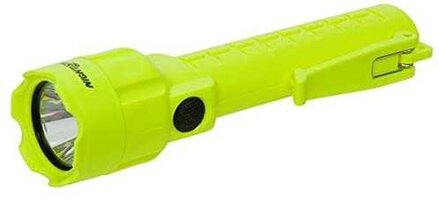- Jul 24, 2012
- 822
I put a new gas cap on and that did not fix it.
For whatever reason, when I was driving the truck this last winter, the code was set but I didn't have any gas smell. Now in the summer I do, but only when the blower motor is running ... and it seems like only when the hvac sliders are down on cold. I had this situation last summer as well, and didn't have it in winter.
Purge solenoid? I thought I read that would throw a p0442. Hoses? I don't find any videos for replacing hoses. Evap canister seems easy but I don't know that is the problem.
It's running fine, anyway.
Thoughts?
For whatever reason, when I was driving the truck this last winter, the code was set but I didn't have any gas smell. Now in the summer I do, but only when the blower motor is running ... and it seems like only when the hvac sliders are down on cold. I had this situation last summer as well, and didn't have it in winter.
Purge solenoid? I thought I read that would throw a p0442. Hoses? I don't find any videos for replacing hoses. Evap canister seems easy but I don't know that is the problem.
It's running fine, anyway.
Thoughts?



 i tought all of the 4.2 I6 had it
i tought all of the 4.2 I6 had it Is it gas fumes or exhaust fumes? Find a personal with a "nose" as perhaps you have gone "nose blind" to confirm...
Is it gas fumes or exhaust fumes? Find a personal with a "nose" as perhaps you have gone "nose blind" to confirm...